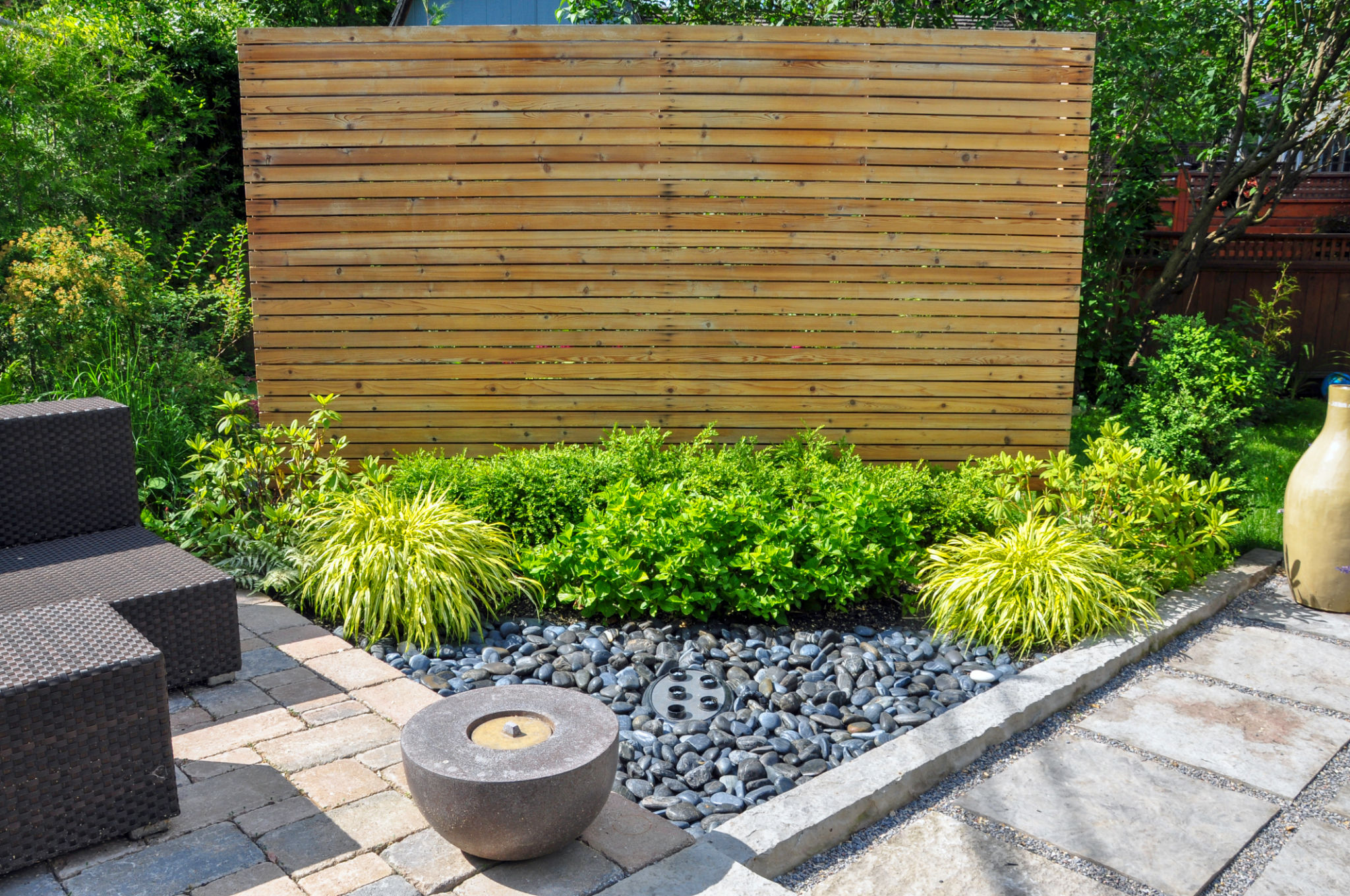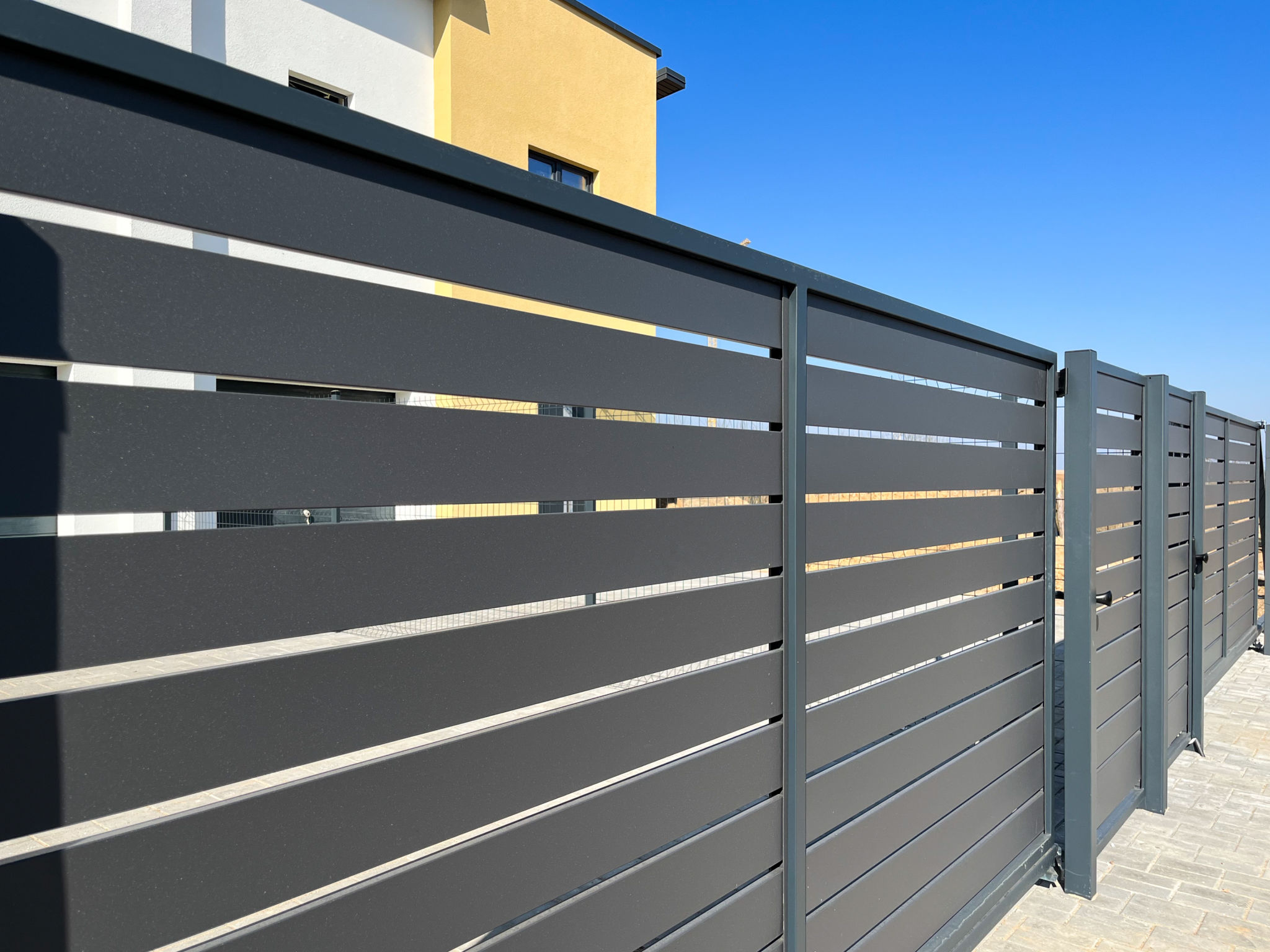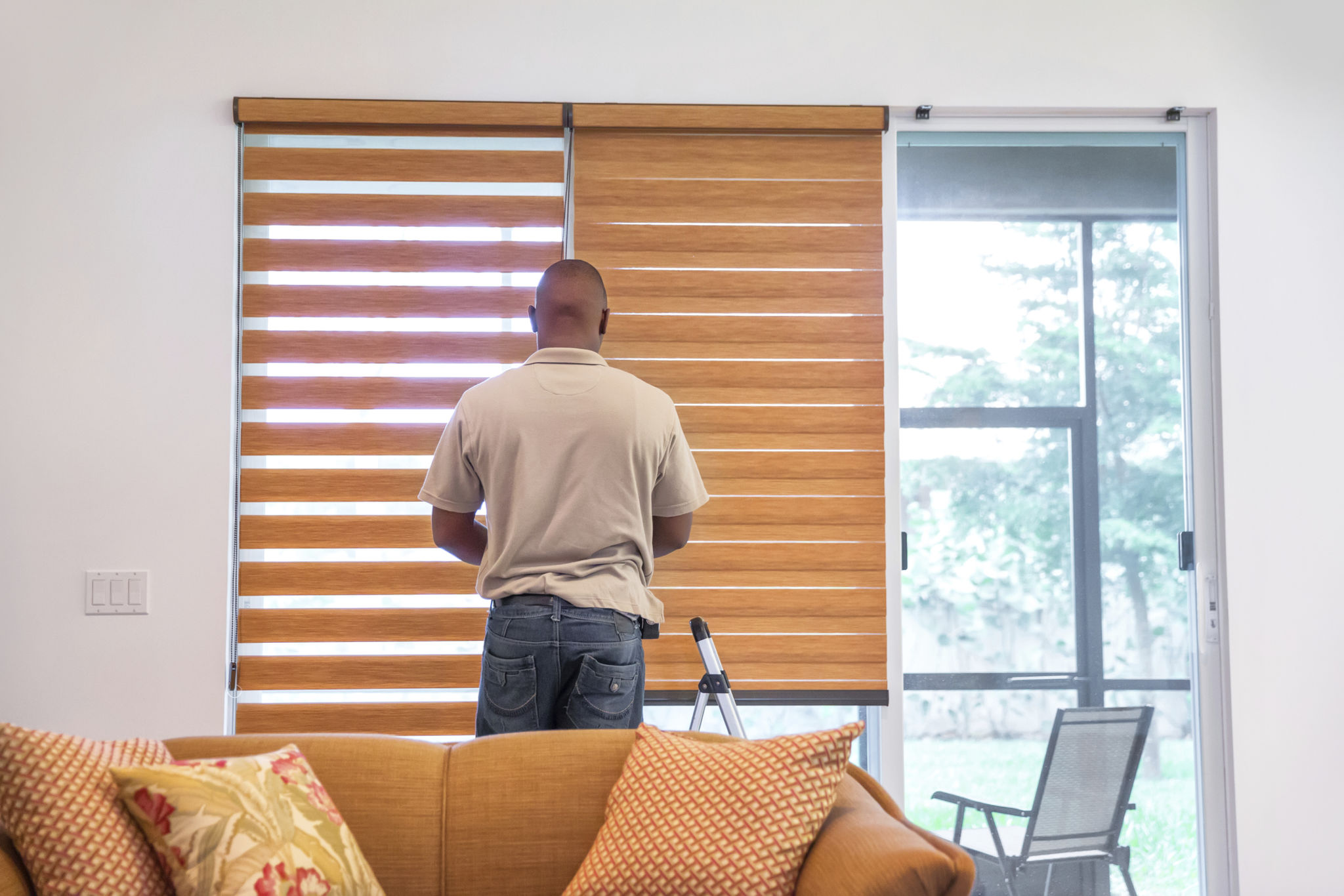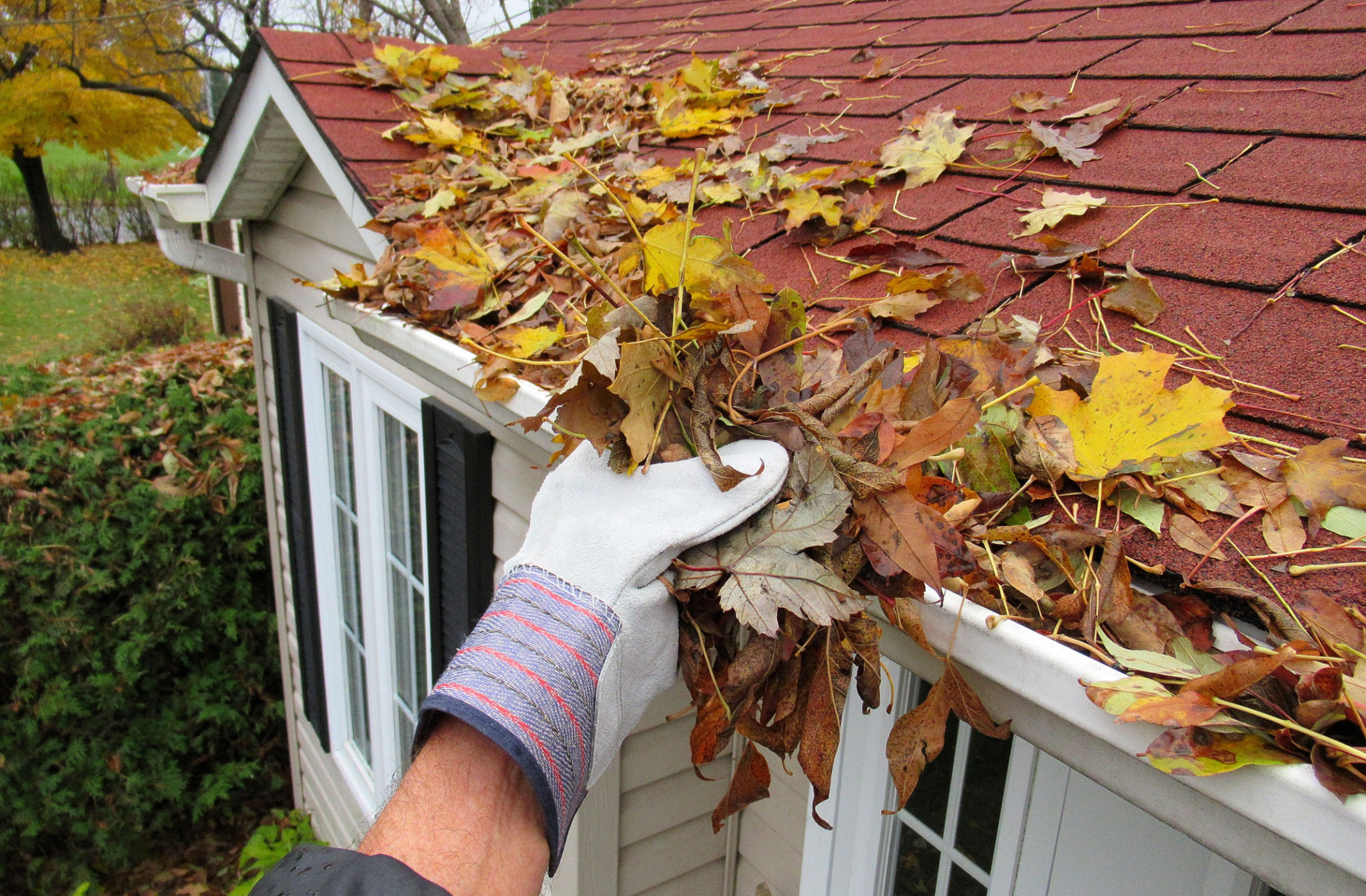The Ultimate Guide to Installing Privacy Screens and Slat Panels in NSW
WC
Understanding Privacy Screens and Slat Panels
Privacy screens and slat panels are a popular choice among homeowners in New South Wales who wish to enhance the aesthetics of their outdoor spaces while providing additional privacy. These installations serve both functional and decorative purposes, creating a stylish barrier between your property and the outside world. Whether you want to shield yourself from nosy neighbors or simply add a modern touch to your garden, privacy screens and slat panels offer a versatile solution.
When considering these installations, it's important to understand the variety of options available. From different materials to numerous design styles, selecting the right type can make all the difference in achieving your desired look and level of privacy. This guide will walk you through the key considerations and steps to install privacy screens and slat panels in NSW.

Choosing the Right Material
The first step in installing privacy screens or slat panels is selecting the appropriate material. Common options include timber, metal, and composite materials. Each has its own set of advantages and drawbacks.
Timber is a popular choice for its natural appearance and warmth. It can be stained or painted to match your home’s exterior. However, it requires regular maintenance to prevent weathering. On the other hand, metal panels are known for their durability and sleek look, needing less upkeep but potentially being more costly.

Composite Materials
Composite materials are an increasingly popular choice due to their low maintenance requirements and resistance to environmental elements. They are often designed to mimic the appearance of wood without requiring the same level of care. When selecting a material, consider your budget, aesthetic preferences, and maintenance capabilities.
Installation Process
Once you have chosen your material, the next step is installation. Proper installation is crucial for both functionality and safety. Here’s a basic outline of the process:
- Planning: Measure the area where you wish to install the screens or panels. Consider factors like height restrictions and property lines.
- Preparation: Gather necessary tools such as drills, screws, and levelers. Ensure you have all components before starting.
- Installation: Follow manufacturer instructions carefully. Secure panels into place, ensuring they are level and stable.
- Finishing Touches: Depending on your material, apply any necessary finishes or coatings to protect against weather conditions.

Legal Considerations in NSW
Before proceeding with your installation, it's important to be aware of the legal requirements and regulations in New South Wales. Depending on the height and location of your privacy screens or slat panels, you may need a permit or approval from your local council.
It's crucial to check with local authorities to ensure compliance with any zoning laws or building codes. Failure to do so could result in fines or having to remove your newly installed structures.
Maintenance Tips
To ensure longevity and maintain the appearance of your privacy screens and slat panels, regular maintenance is essential. For timber, this might include periodic staining or painting. Metal panels may require occasional cleaning to prevent rust, while composite materials usually need minimal upkeep.
Regularly inspect your installations for any signs of damage or wear, addressing issues promptly to prevent further deterioration. By maintaining your screens and panels, you'll ensure they continue to provide privacy and enhance your outdoor space for years to come.

Conclusion
Installing privacy screens and slat panels in NSW can significantly improve both the functionality and aesthetic appeal of your outdoor areas. By selecting the right materials and following proper installation procedures, you can create a private oasis that suits your style and needs.
Remember to consider legal requirements and commit to regular maintenance to keep your installations looking their best. With these tips in mind, you're well on your way to achieving a beautiful, private outdoor space.
